Scope and Sequence
If I need a quick overview of what’s taught throughout the year, my Scope and Sequences are the documents that gives me a general idea of what and when. For math I use two documents. The Math Expressions curriculum resource provides a scope and sequence; however, the schools in Door County have gone a step further and created a pacing guide. This guide keeps us on track, and we are generally within a lesson or two of one another.
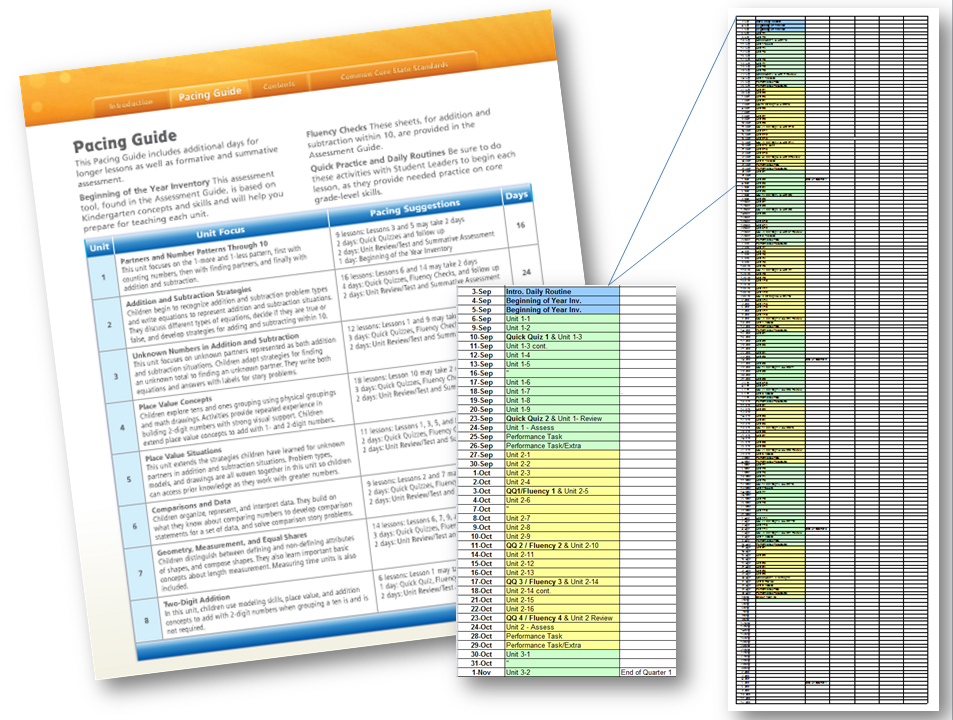
My reading and writing scope and sequences are very, VERY general, and basically show a view of overarching topics that are covered month by month. This is also true for science and social studies. 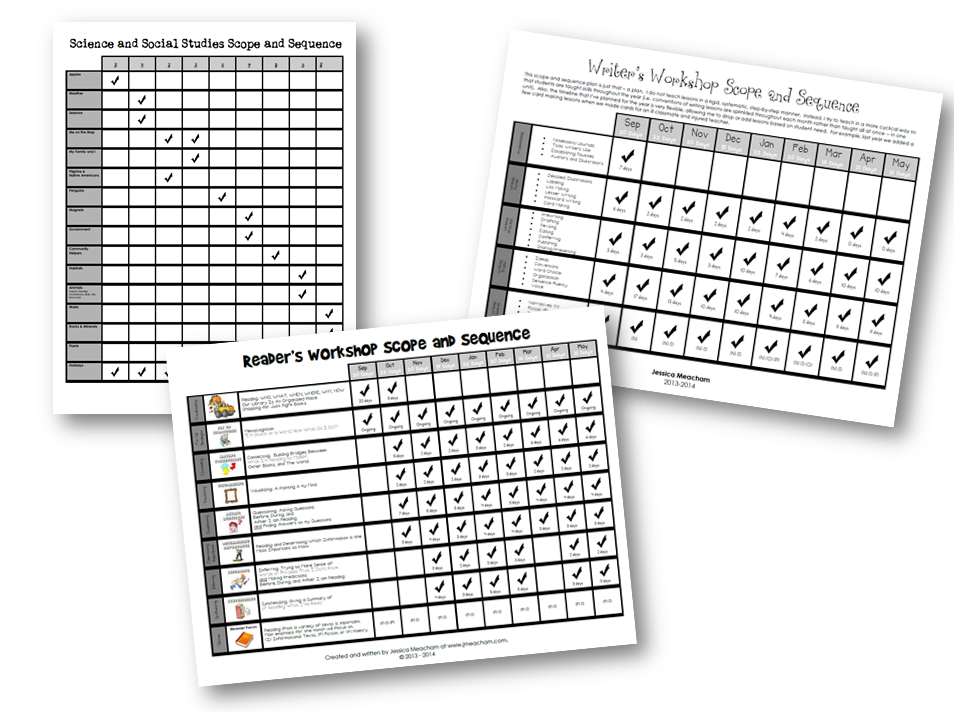
For word work, we use Words Their Way. Students progress individually (within small, flexible groups), and so a pacing guide is used regularly to help keep me on track. We test universally in September and May. As a grade level we test weekly or biweekly to make changes to groups as needed. Groups tend to stay a bit more static the first part of the year, but by January, they begin to be a lot more flexible and change sometimes weekly!
![]() View or Download all Scope and Sequence Guides
View or Download all Scope and Sequence Guides
Copy and Paste
Copy and Paste documents were created to make lesson planning easier. I basically took my Unit Plans and created a table document that I can easily reference when typing lesson plans. Actually, it’s better than typing, because I just find the lesson, copy, and then paste it into my lesson plans.
It isn’t a brainless act though…you see, I’m all about diagnostic teaching. That means I want to give my kiddos what they need. So when you view these Copy and Paste plans, I need you to know that I do not follow (or teach) the lessons in the sequence they appear. Rather, I scan them for what might be needed and then copy and paste. If I can’t find a lesson that will work, I’ll copy, paste, and then modify my lesson plans to reflect the true lesson.
![]() View or Download all Copy and Paste Docs
View or Download all Copy and Paste Docs
Unit Plans
Unit plans for reading and writing are essentially the mini lessons that I use throughout the year. They offer a more in-depth look at what the lesson should look, sound, and feel like.
Unit plans for science and social studies, they are also more in-depth, but are not in mini lesson format. Instead they list lesson ideas/description along with materials/resources needed.
![]() View or Download all Unit Plans
View or Download all Unit Plans
![]() Visit THEME Blog Posts for Additional Info and Resources/Links
Visit THEME Blog Posts for Additional Info and Resources/Links
Lesson Plans
Weekly lesson plans are created, updated, and revised at the start of each week. I utilize my Copy and Paste documents to create lesson plans easily. We are not required to turn in our lesson plans until the end of the year; however, we are asked to always have them ready to be viewed upon request.
![]() View or Download This Year’s {2014-2015} Lesson Plans
View or Download This Year’s {2014-2015} Lesson Plans
Common Core Planning
You will not notice an overabundance of references to the Common Core State Standards in the documents available above. Wisconsin has adopted the CCSS, and our district has implemented them. Our district has also purchased CESA 7’s common core resources. These resources help us when planning for and addressing the CCSS within our lessons:
Using the Curriculum Companion e-tools, our district, along with a few neighboring districts in Door County, worked together to become familiar with the Curriculum Companion tool and to plan out the lessons and units. To help our first grade team, I created the following “OEU Document” that assists with our planning. I’ve taken a snapshot of a few pages so that you can get a feel for what it looks like.

[Above] There are four Overarching Enduring Understanding (OEU) units. We have 180 days to cover them. Each OEU has a scope and sequence of standards. 
[Above] You see the overview for OEU – A (each OEU has one). The e-tool does cover this information, but as a first grade team, we wanted a quick-at a glance view, without having to go online and print lots of pages.
[Below] You can see that we also took time to identify some resources for each OEU. 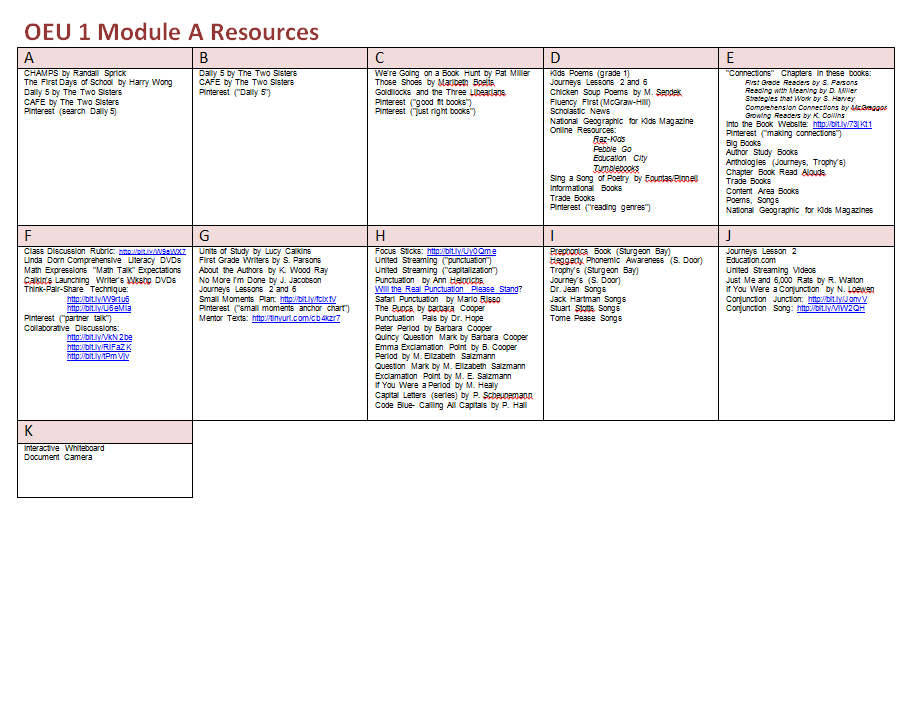
Each of the four OEUs have:
- An OEU Overview Statement
- ELA Strand Description
- Essential Questions
- Standards Alignment (Focus, Foundation, Transfer)
- Inquire Module Overview/Summary
- Lesson Teaching Points ALIGNED to CCSS
- Pacing Guide (Days to Teach)
- Module Resources
- Performance Assessments
The nice thing about the OEU, is that if you follow the pacing schedule, everything is laid out nicely as far as which standard to focus on. The “Lesson Teaching Point” pinpoints specific skills to focus on for the lesson. What is NOT INCLUDED in each OEU is (1) What the mini lesson/activity is, and (2) What resources to use for the mini lesson. These are decided by the teacher. The beauty of this is that it allows me to be very diagnostic as a teacher and to allow for my student’s strengths, challenges, and interests to be a component in my decision making process when planning lessons.
![]() If you are a district that uses CESA 7’s Curriculum Companion e-tool, and if you wish to utilize my OEU teacher planning document, then I have a template available for you to use. NOTE: You will not find my completed documents available for download or viewing online. If you are interested in the Curriculum Companion e-tool, visit their site!
If you are a district that uses CESA 7’s Curriculum Companion e-tool, and if you wish to utilize my OEU teacher planning document, then I have a template available for you to use. NOTE: You will not find my completed documents available for download or viewing online. If you are interested in the Curriculum Companion e-tool, visit their site!

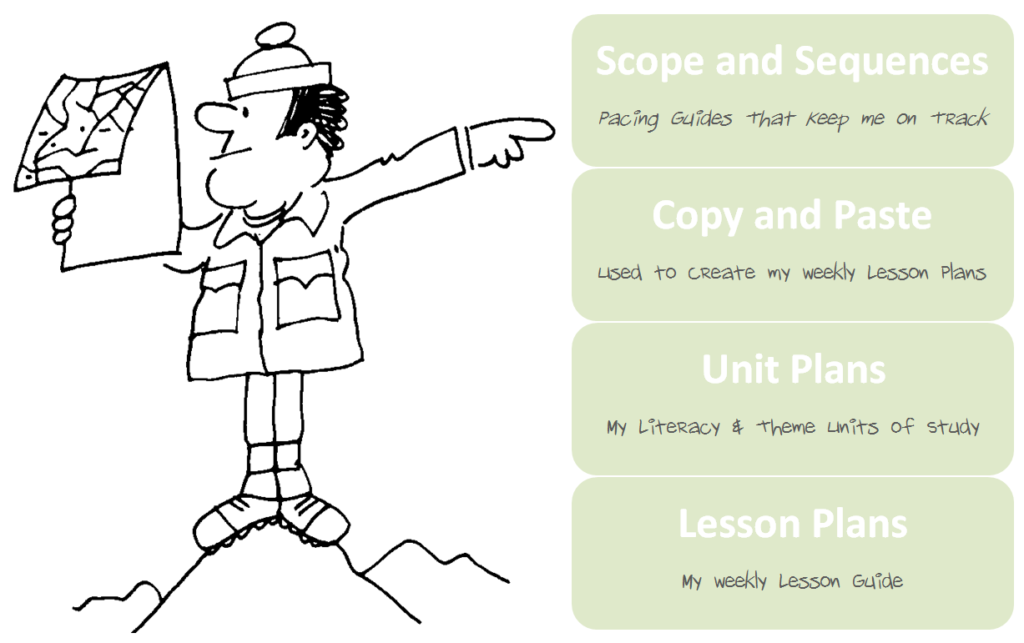
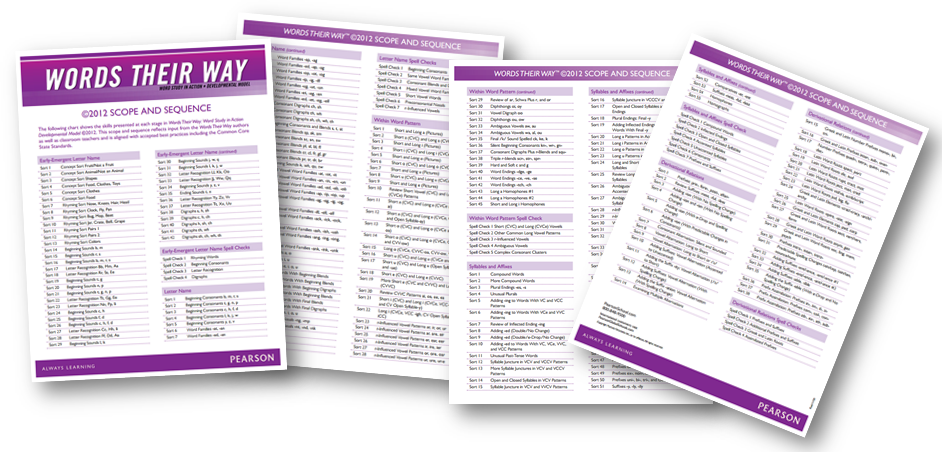
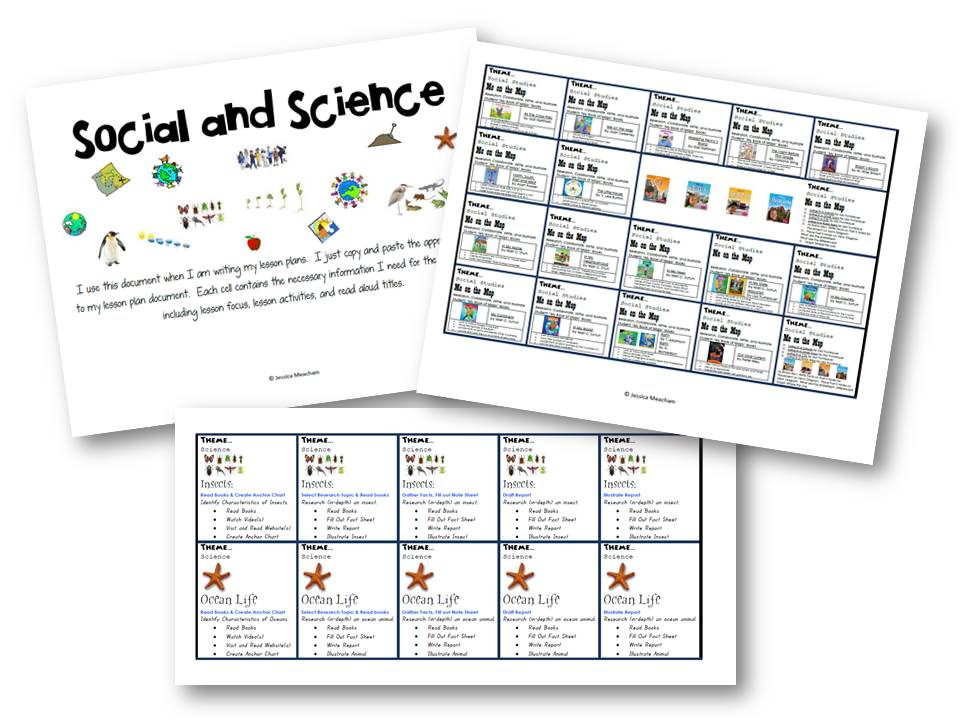
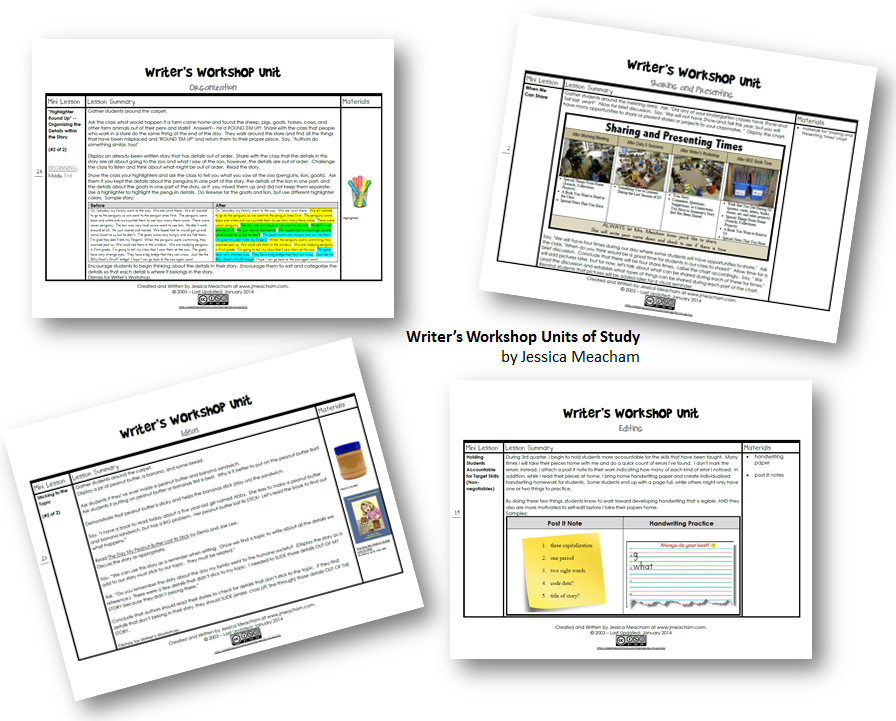

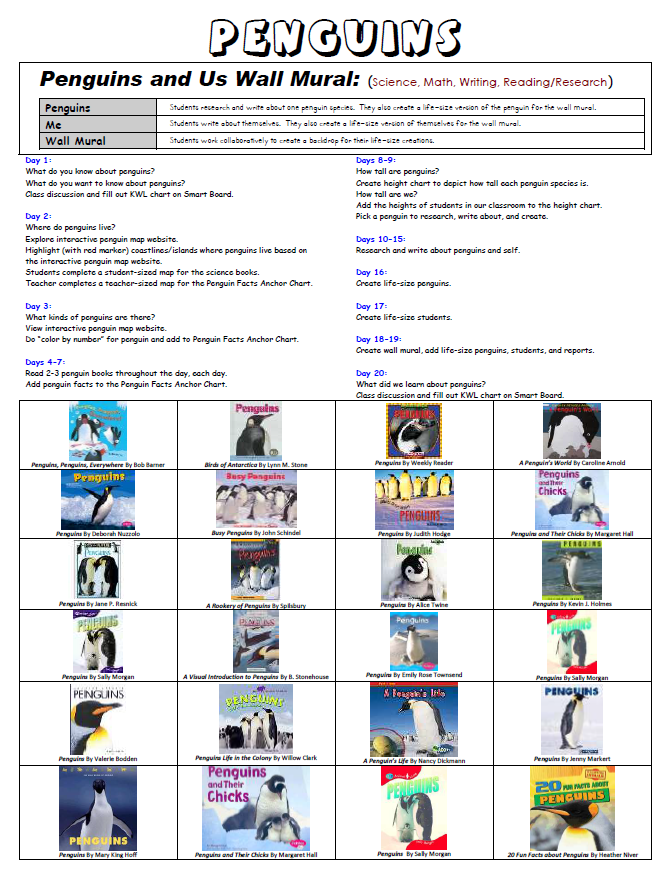
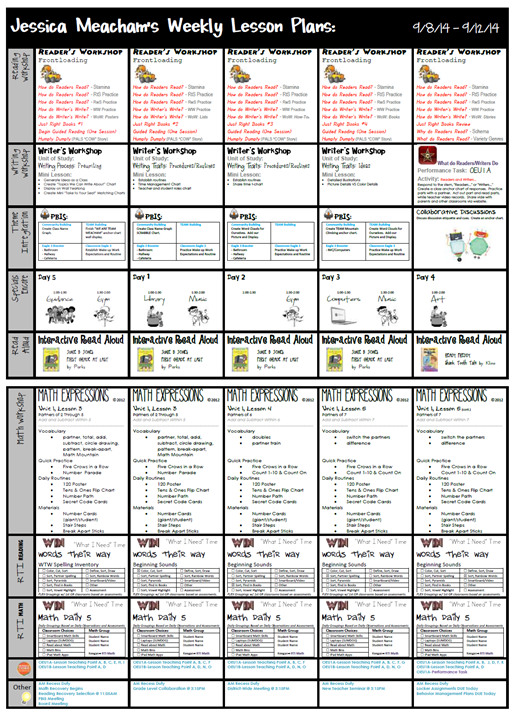

7 Comments
Do you have your lesson plans for the year? We love your
September plans and would love to get the year if available.
Thank you!!
Ohhh! Great question! I’ll try to upload them this summer. I have a long to do list for the blog! =)
Fantastic! Thanks for uploading all this work of yours. I don’t teach in the US but internationally, nevertheless, your documents will sure help me with some of my planning.
Glad to help!! =) Best wishes to you this school year!
Hi there! Do you still have your lesson plans from years ago on this site?
So sorry…no…just samples!
[…] revamping the way I do my weekly lesson plans. In an effort to lessen the amount of time it takes me to lesson plan, I’m utilizing […]